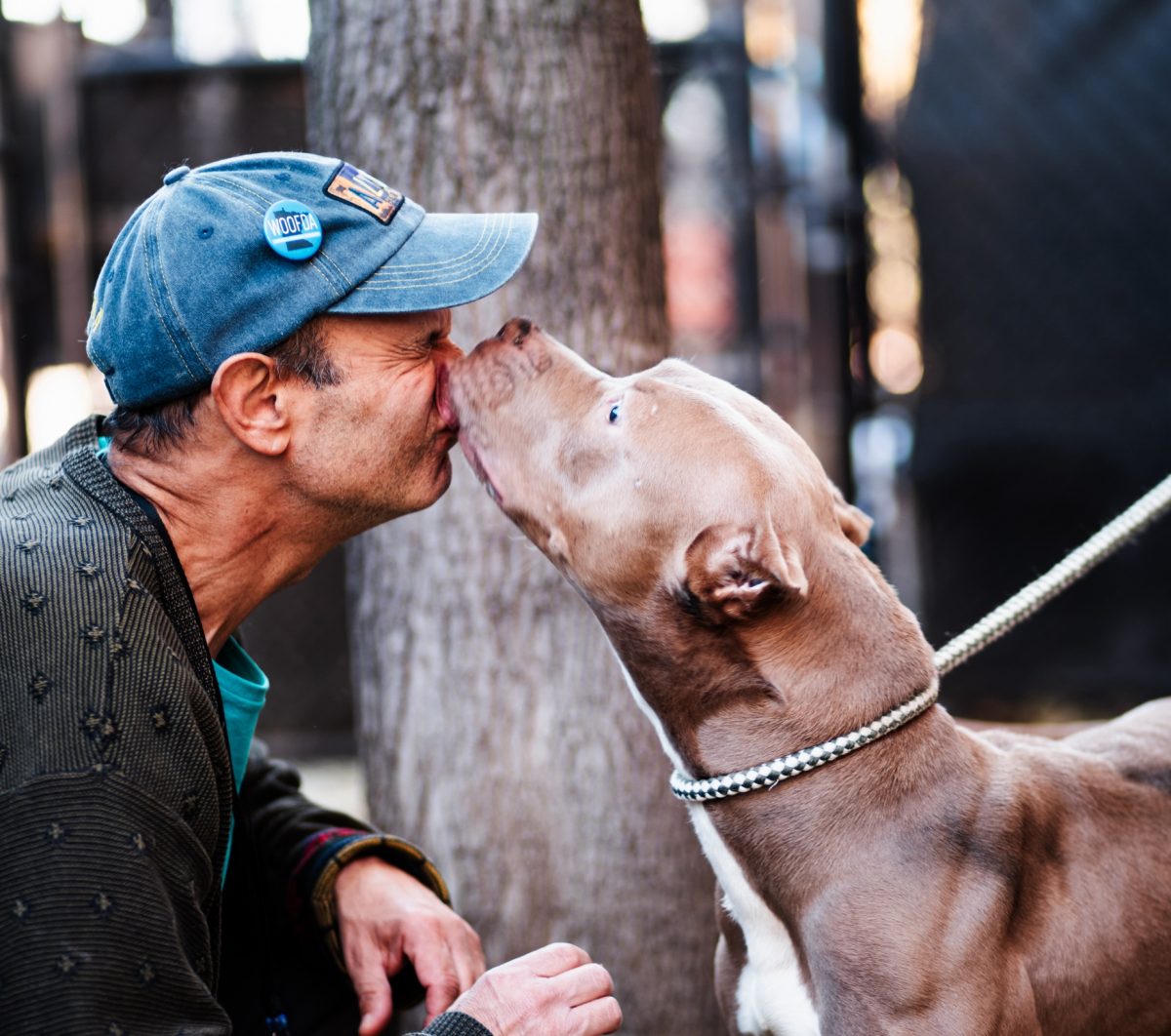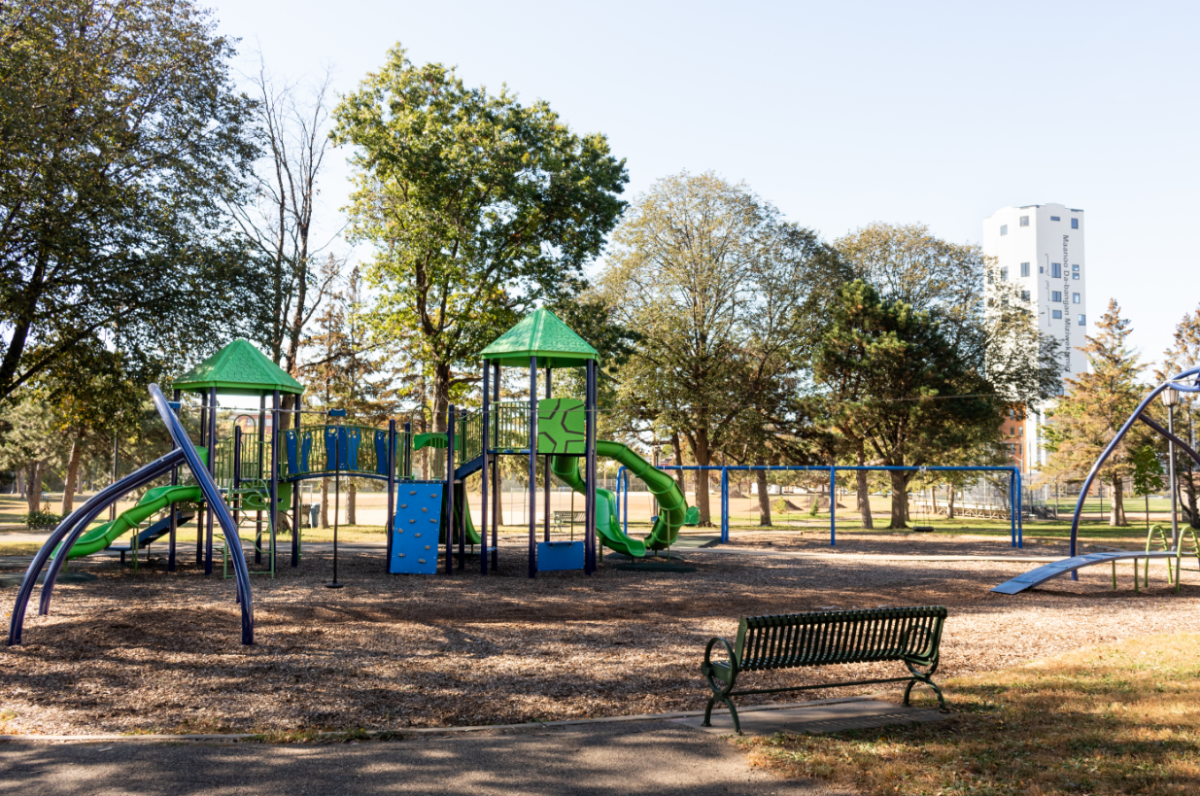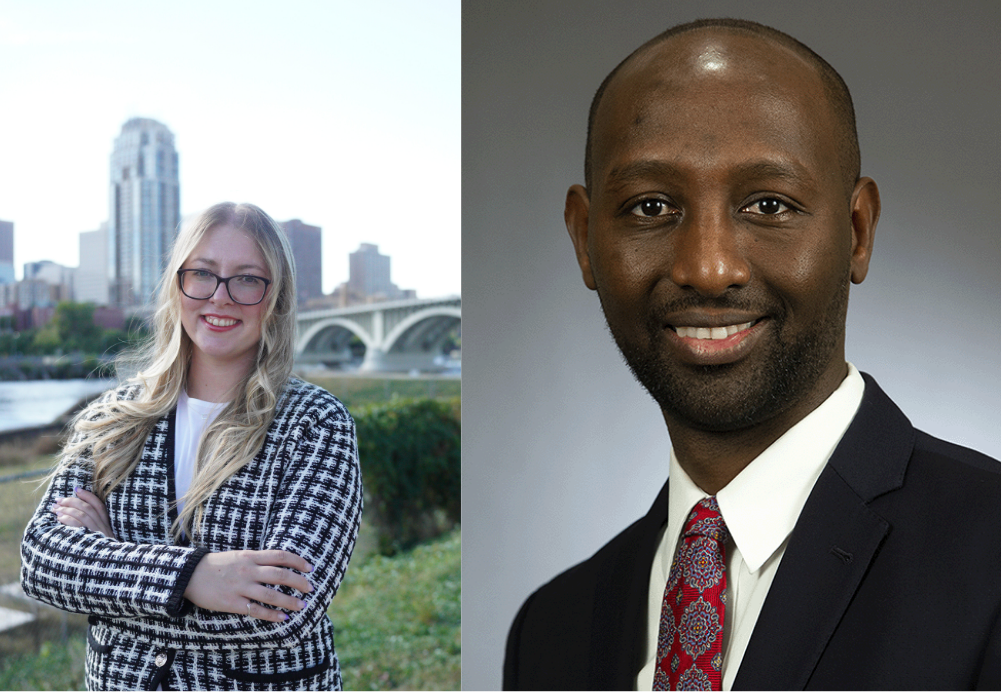The Biden administration approved the Willow Project, an oil drilling project in Alaska, in March.
ConocoPhillips is the company heading the Willow Project that over the next few decades, is set to drill at the National Petroleum Reserve on Alaska’s North Slope, an area currently holding an estimated 600 million barrels of oil.
Leading up to Biden approving construction to begin, online activism against the project soared.
Despite opposition from environmental conservation groups, the Alaskan government is pro-construction, second-year University of Minnesota graduate student Kristyn Buetow said. Many Indigenous tribes surrounding the site also support the project because it will bring jobs to the community.
Buetow, who is studying Science, Technology and Environmental Policy at the Humphrey School of Public Affairs, said she was an activist working to stop construction of Line 3 in Minnesota and is well-versed in the Willow Project.
“It’s really tough to take action once the president signs the order saying it’s approved for construction,” Buetow said. “There’s not a lot you can do besides fighting the courts, raising social media awareness about it and putting pressure on the company building it.”
Construction will likely begin this winter, according to Buetow.
Max Pritchard, a second-year student and member of Students for Climate Justice, said he was one of more than five million people to sign the Change.org petition opposing the Willow Project’s approval. which led to him feeling defeated.
“I’m worried and disappointed. I think that it will clearly have adverse effects on Indigenous communities,” Pritchard said. “It endangers the ecosystem, it will endanger food sources, and I know that it will cause an awful lot of pollution.”
The Biden Administration campaigned on both the protection of the environment and Indigenous land, Buetow said.
Earthjustice, an environmental conservation group that has publicly disapproved of the Willow Project, said this project’s approval goes directly against the climate goals Biden set and poses risks to the Alaska Native communities in the area. Earthjustice is preparing a legal case against the project.
“These communities depend on subsistence hunting of the caribou nearby … They are very sensitive to any sort of disturbance,” Buetow said.
Caribou are not migratory, so disruptions to the area could drive them out, eliminating a main protein source for Indigenous populations, according to Buetow.
One of Biden’s campaign promises was to stop drilling on federal lands during his presidency, which the Willow Project contradicts, Buetow said.
Activists say the Willow Project will also disrupt international climate goals.
The Paris Agreement is a treaty developed by the United Nations that sets long-term climate goals for each nation that is part of the agreement. The U.S. is one of the nations signed on to the agreement, after having pulled out of the agreement in 2017 and rejoining in 2021.
The overarching goal of this agreement is to stop the global temperature from rising more than 1.5 degrees Celsius. The most recent Intergovernmental Panel on Climate Change (IPCC) report shows this goal will not be met without changes, said Max Bezada, assistant professor in the Department of Earth and Environmental Sciences in the College of Science and Engineering.
The U.S. has its own similar goals as well, including a completely clean electricity grid by 2035 and net-zero emissions by 2050. However, the Willow Project will disrupt these goals, according to Buetow.
“We have to drastically reduce our carbon dioxide emissions very soon,” Bezada said. “In order to do that, we have to stop releasing fossil fuels. … We really don’t want to be opening up new sources of oil and gas.”
The Willow project will be taking place in the Arctic region, which is facing climate change four times faster than the rest of the world, Buetow said.
The project is predicted to produce around 9.2 million metric tons of emissions each year, according to CNN. This will contribute to an increase in ice melting and sea levels rising as well as an increase in the salinization of freshwater from ice in the region, Buetow said.
Isabel Villalobos Alvarado, a third-year student, is the communications lead for 365 Green, an advocacy sustainability group on campus. She said she is disappointed in the usage of the estimated $8 million for this type of energy project and believes the money should go toward research for restoration projects.
“I have empathy and understand that it’s not one person making these decisions; it’s a whole structure,” Villalobos Alvarado said. “I don’t really want to be around for the day that we have to resort to those other things because of the damage that is done.”














